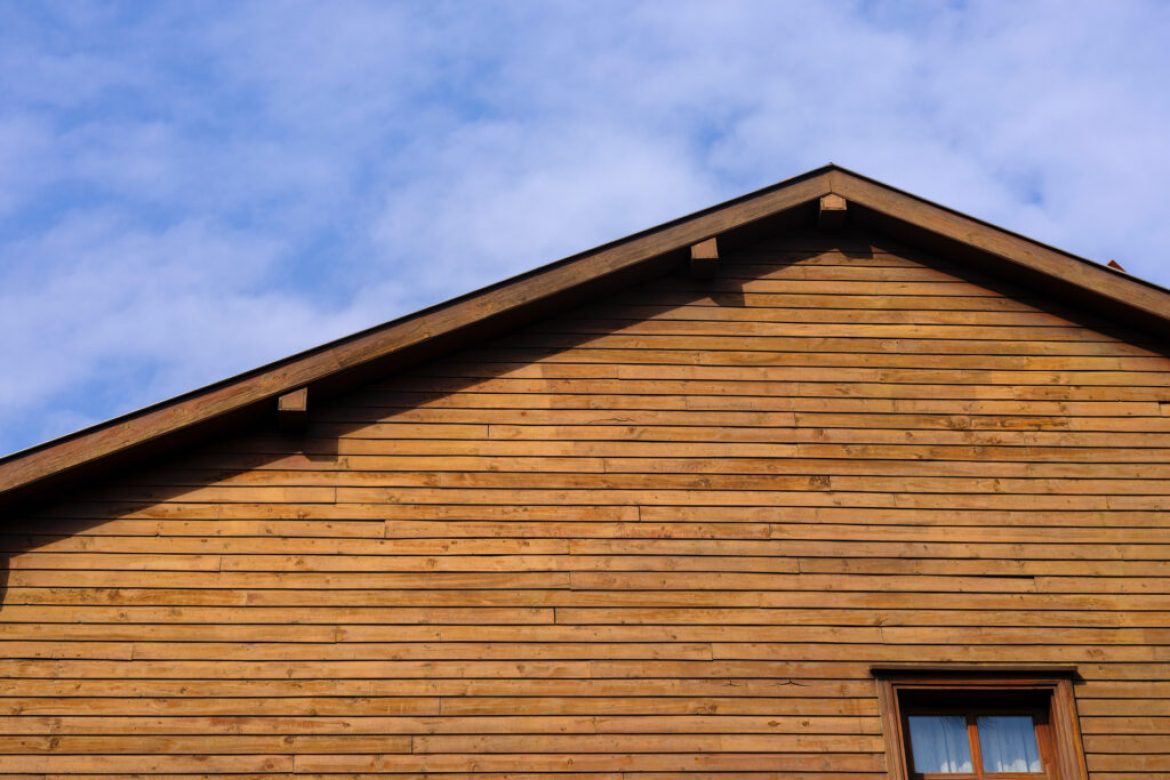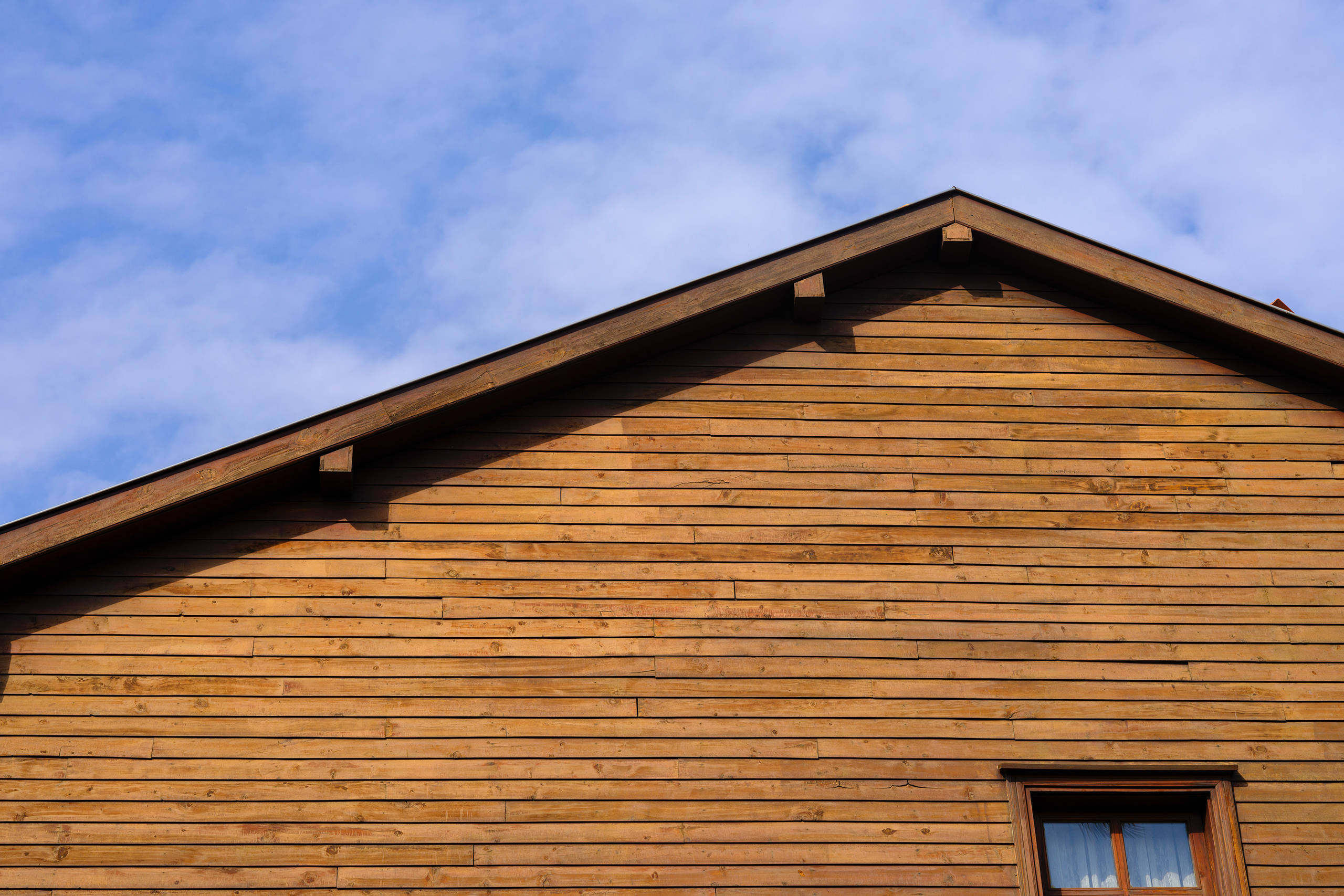What To Know When Replacing Your Home’s Siding


If you’ve been a homeowner for a number of years, whether it’s a handful or decades, you’ve likely thought about getting new siding at some point. Changing out the siding on your house has several positive effects. In terms of aesthetics, it refreshes the look of your property and increases its value. Likewise, if you ever decide to put your home up for sale, changing the siding will raise its resale value and make it more appealing to potential buyers.
Even more significantly, new siding will keep the elements out of your home’s framework. Neglecting siding replacement over time can lead to issues including insect infestations, dampness, mold, and mildew growth, all of which can have serious consequences for your home’s interior. Keep reading to find out all the details you need to know before replacing the siding on your home.
Common Signs It’s Time To Replace Your Siding
Rotting
Search for any areas of your wood siding that are brittle and falling apart. When compared to portions of siding in excellent condition, these tend to look boring. This indicates that moisture has penetrated your siding and is weakening the wood’s structural integrity. To detect dry rot in your siding, tap on it gently. Since only the exterior siding is affected by dry rot, this will help spot it. If left unchecked, the rot will quickly spread and cause further deterioration.
Warping
If the siding planks are warped, there is an underlying issue. Look at your house from different vantage points to see whether any panels of siding are sagging or buckling in comparison to those adjacent to them. This indicates the potential presence of rot or other catastrophic harm beneath the surface. Prod the top and underneath the siding with a screwdriver or hammer to assess the state of the material and the substrate. To know it’s time to replace the siding, look for signs like the board is fragile or easily split.
Choosing Your Siding
Homeowners today can choose from a wide variety of siding materials. Depending on several considerations, such as cost, maintenance, and aesthetics, various types of siding provide different benefits to a property, including:
- Structure and durability
- Weather resistance
- Appearance
- Cost per square foot
- Return on investment
- Maintenance and upkeep needs
The most common siding options used for residential homes include the following types:
- Vinyl siding
- Fiber cement siding
- Hardie board siding
- Natural wood siding
- Engineered wood siding
- Brick siding
- Natural stone siding
- Stone veneer (aka faux stone) siding
- Stucco siding
- Aluminum siding
Know Before You Buy
Before deciding on a new siding style, it’s important to weigh the options carefully in terms of price and quality. The siding expert you hire will also be able to advise you on which material is ideal given your financial constraints, aesthetic preferences, location, and environment. Call Siding Pro today and let us give you a detailed estimate of the siding you’ve been looking for for your home.






